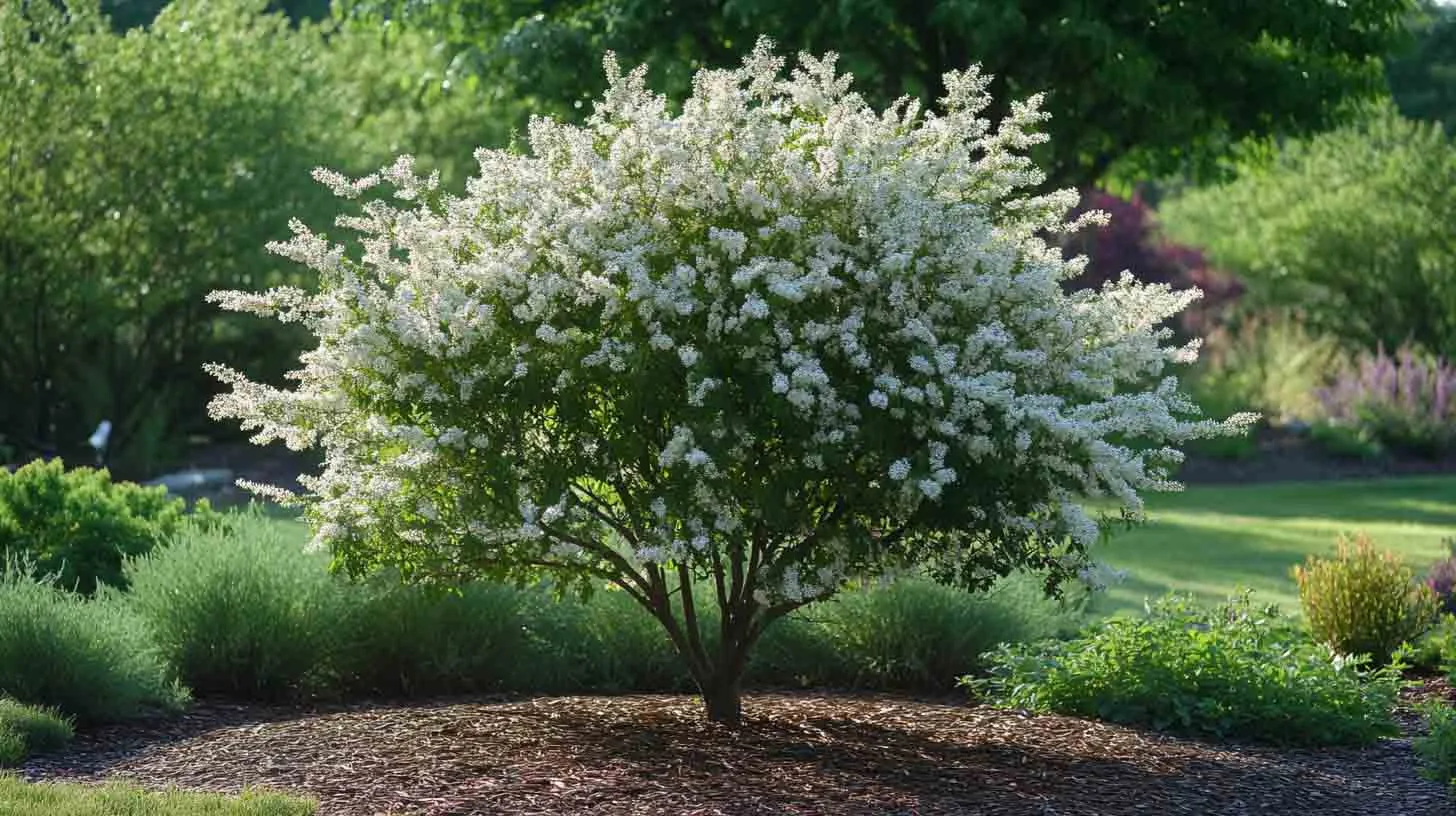Let me tell you, Zone 5 gardening can feel a little tricky when it comes to flowering trees.
Winters bite hard, and not every tree is up for the challenge. But guess what? There are some stunning bloomers that thrive in Zone 5.
I’ve tested a bunch over the years, some flopped, some flourished.
Today, I’m sharing 11 flowering trees that aren’t just hardy but also ridiculously gorgeous. Ready to give your yard a makeover you’ll fall in love with every spring?
Let’s dive in, friend!
Why Choosing the Right Flowering Tree Matters in Zone 5
Here’s the thing, Zone 5 winters can be brutal, and that means not every pretty tree you see at the nursery is a safe bet.
I’ve learned (sometimes the hard way) that picking the right species makes all the difference.
If your tree can’t handle freezing temps or late spring frosts, you’ll just end up with a sad-looking twig each year. That’s why I always look for:
- Cold-hardy varieties that can survive -20°F or colder
- Trees that bloom after the last frost, so you don’t lose all your color
- Reliable bloomers that won’t ghost you every other year
So if you’re in Zone 5 like me, trust me, these next picks are real garden heroes.
1. Eastern Redbud (Cercis canadensis)
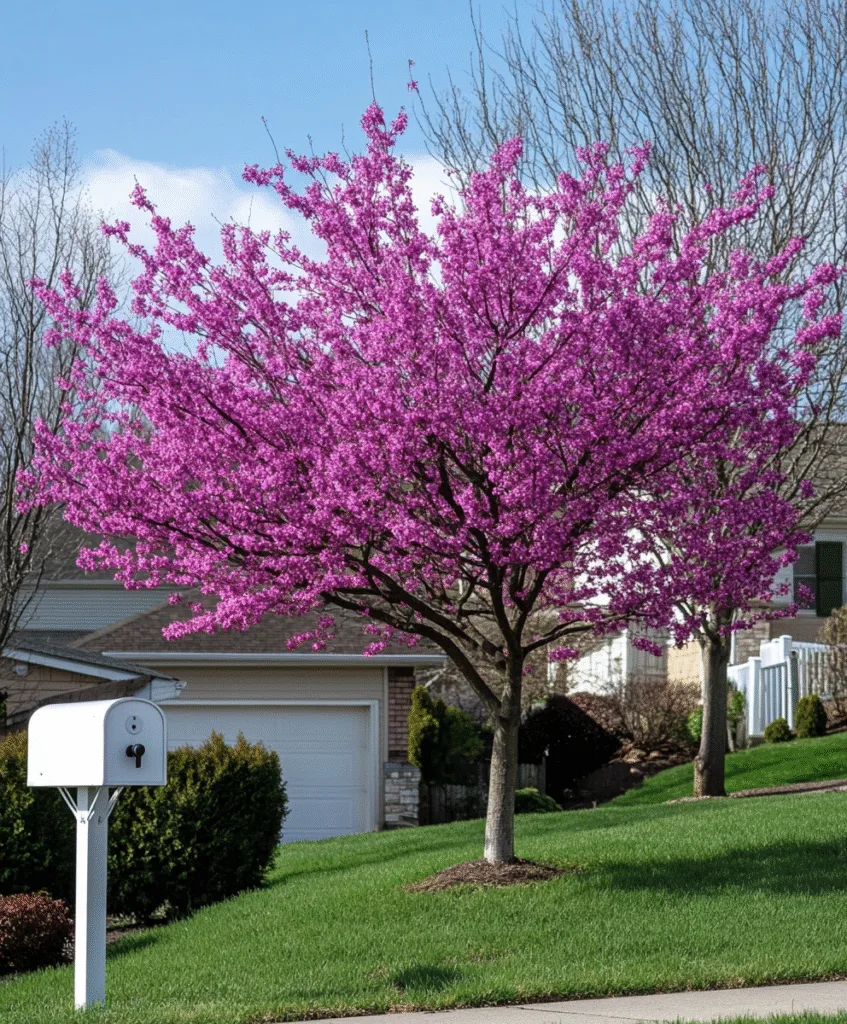
Redbuds were one of my first garden loves, and for good reason
These guys bloom brilliant pink-purple flowers in early spring, even before the leaves pop out. It’s like your yard just suddenly explodes with color overnight.
- Hardiness: Zones 4 to 9
- Height: 20–30 feet tall
- Blooms: Early spring
- Perks:
- Heart-shaped leaves that look just as pretty after bloom time
- Thrives in partial shade or full sun
- Compact enough for small yards
I planted mine near the mailbox and it’s the first thing neighbors compliment every spring.
2. Flowering Crabapple (Malus spp.)
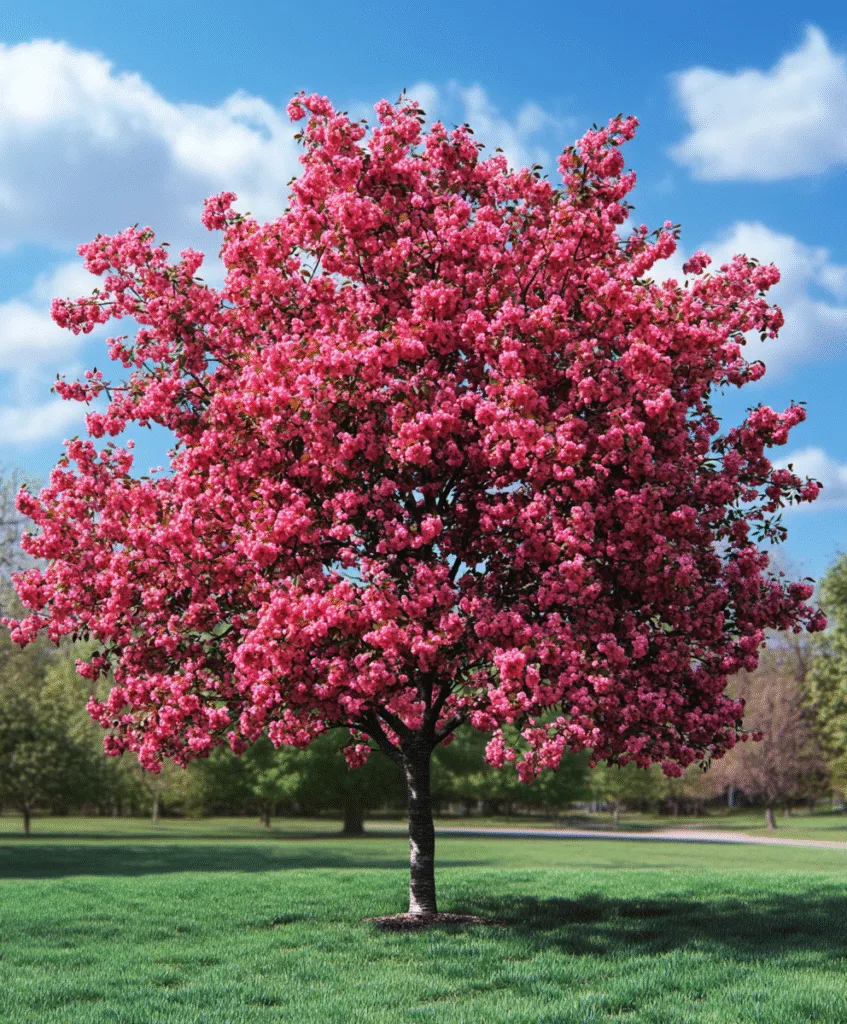
Okay, don’t sleep on crabapples. These are gorgeous multitaskers, flowers, fruit, AND year-round appeal.
In late spring, the tree bursts into fluffy white, pink, or red blooms, followed by small fruits that birds go crazy for.
- Hardiness: Zones 4 to 8
- Height: 10–25 feet depending on the variety
- Blooms: Mid to late spring
- Perks:
- Attracts pollinators like bees and butterflies
- Stunning fall foliage
- Pick disease-resistant cultivars for low-maintenance care
I have two crabapples flanking my driveway and they’ve been my most resilient bloomers through cold snaps.
Also Read – 12 Hostas That Thrive in the Sun
3. Serviceberry (Amelanchier spp.)
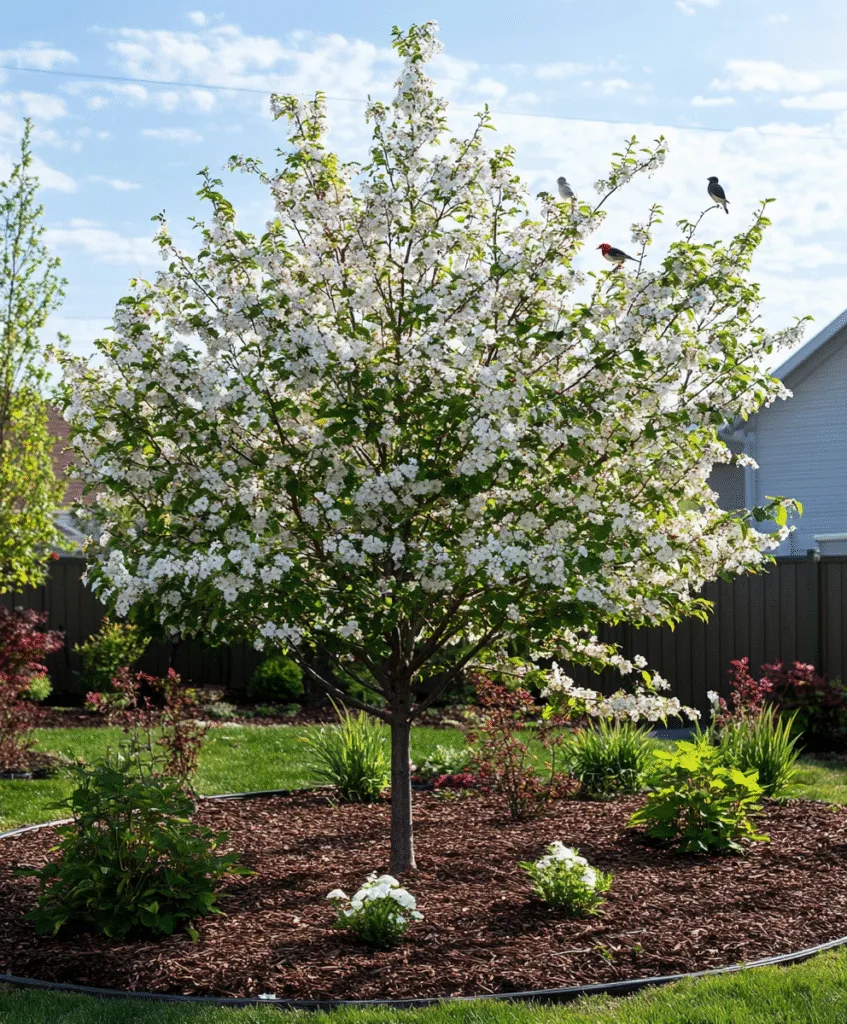
This one’s a little under the radar, but it totally deserves a spot in your yard.
In early spring, delicate white flowers appear, and by summer you get edible berries that taste kinda like blueberries.
- Hardiness: Zones 4 to 9
- Height: 15–25 feet
- Blooms: Very early spring
- Perks:
- Birds love the fruit
- Multi-season interest: spring blooms, summer berries, fall color
- Can be grown as a tree or large shrub
Honestly, mine gets attention in every season, total MVP.
4. Japanese Tree Lilac (Syringa reticulata)
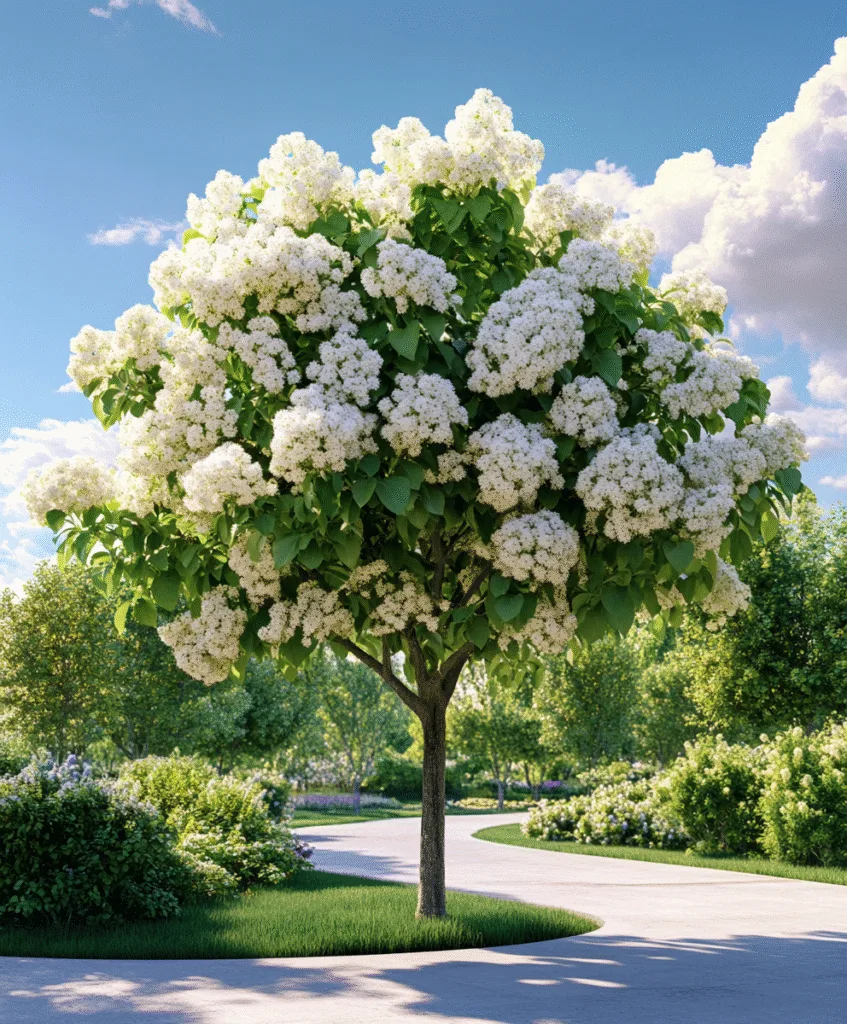
If you’re a lilac fan (who isn’t?), you’re gonna love this tree version.
It blooms in early summer, which is perfect after spring bloomers fade out. The flowers are creamy white, fragrant, and just the right amount of fancy.
- Hardiness: Zones 3 to 7
- Height: 20–30 feet tall
- Blooms: Early summer
- Perks:
- Super low maintenance
- Not as prone to mildew as bush lilacs
- Great for urban gardens too
My neighbor planted one by their porch and I swear the whole block smells like heaven in June.
5. Magnolia ‘Ann’

I adore magnolias, but some of the classic Southern types just don’t do well in Zone 5. That’s where ‘Ann’ comes in, it’s a hybrid made for cooler climates.
This beauty blooms large purple-red tulip-shaped flowers in late spring.
- Hardiness: Zones 4 to 8
- Height: 8–10 feet (great for small yards!)
- Blooms: Late spring
- Perks:
- Compact and bushy, great for tight spots
- Blooms later, so you avoid frost damage
- Adds a touch of drama to the yard
My ‘Ann’ is right outside my kitchen window and I still gasp every spring.
6. Cornelian Cherry Dogwood (Cornus mas)
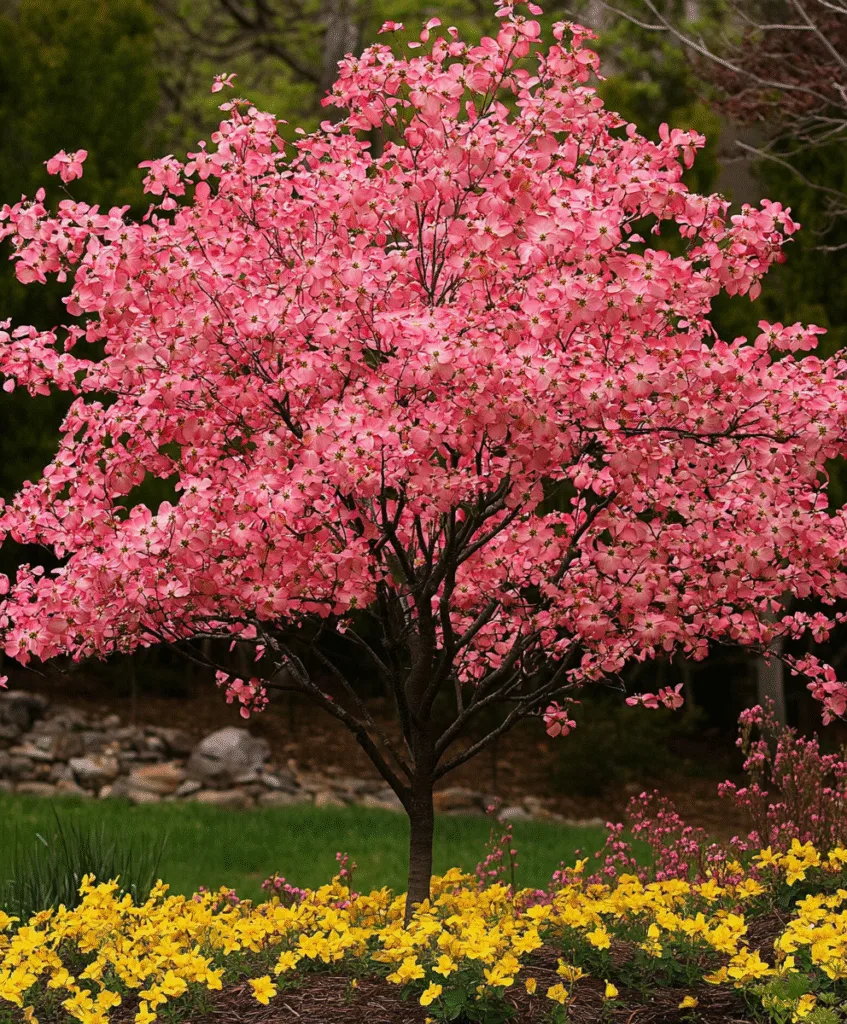
This one’s a bit of a hidden gem. If you want something unusual but totally Zone 5 hardy, Cornus mas is worth checking out.
It blooms super early, sometimes even in late winter, with fluffy yellow flowers.
- Hardiness: Zones 4 to 7
- Height: 15–25 feet
- Blooms: Late winter to early spring
- Perks:
- Produces edible red fruits in summer
- Birds go wild for the berries
- Lovely peeling bark in winter
It’s got this almost magical “first to wake up” energy in my yard.
7. Hawthorn (Crataegus spp.)
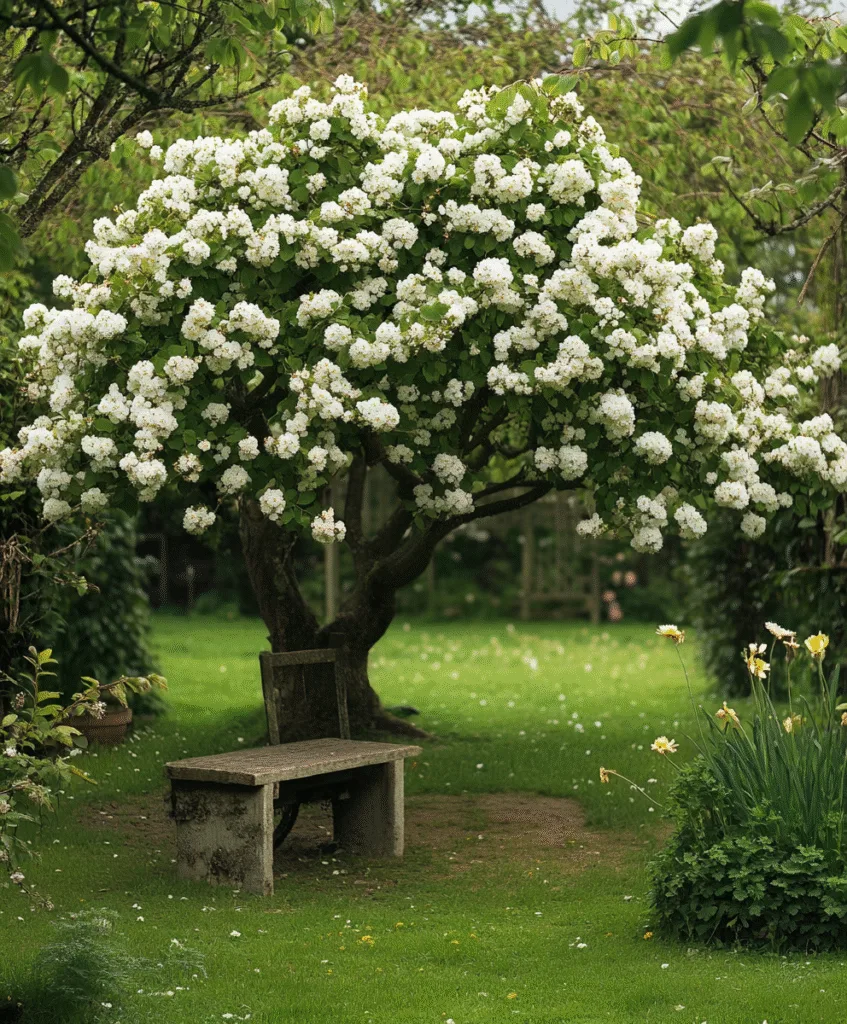
Hawthorns bring all the fairy-tale vibes, clusters of white or pink flowers, small red berries, and gnarly, twisty branches.
- Hardiness: Zones 4 to 7
- Height: 15–25 feet
- Blooms: Mid to late spring
- Perks:
- Great for wildlife, pollinators and birds love it
- Thorny branches make great privacy screens
- Berries last into winter
Make sure to choose disease-resistant varieties like ‘Winter King’, trust me, your future self will thank you.
8. Fringe Tree (Chionanthus virginicus)
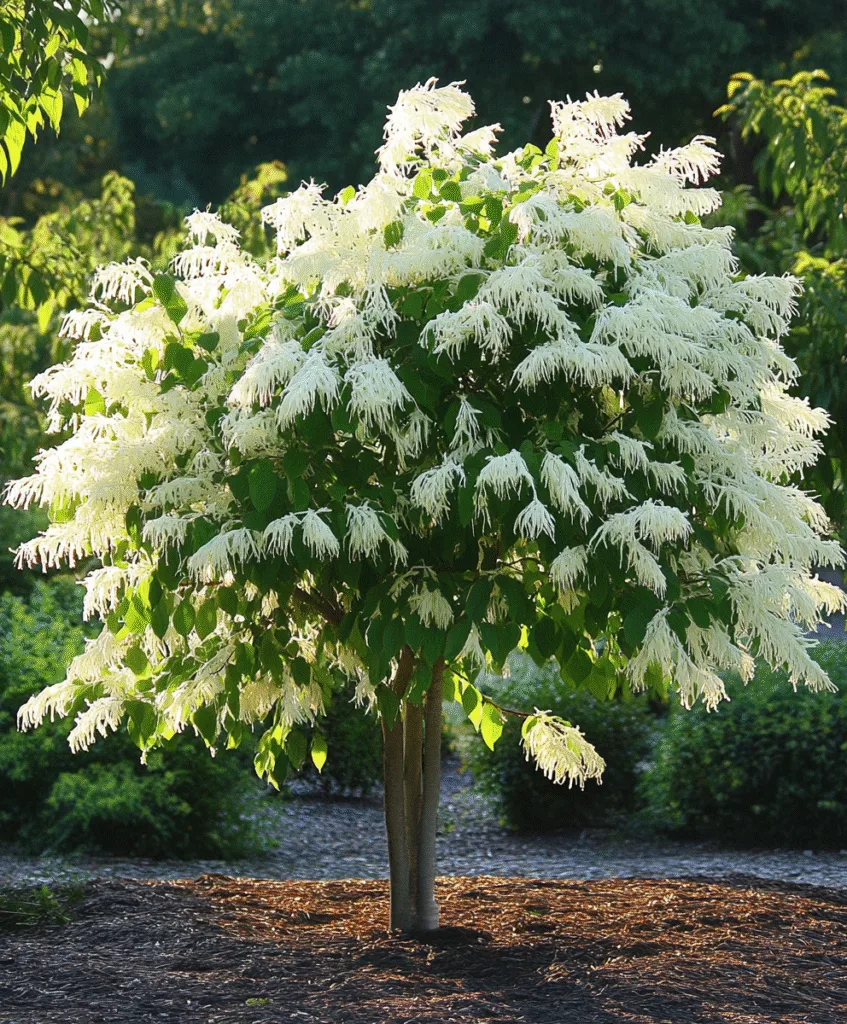
This one’s so underrated. Fringe trees bloom with wispy white petals that seriously look like lace blowing in the wind.
- Hardiness: Zones 4 to 9
- Height: 12–20 feet
- Blooms: Late spring to early summer
- Perks:
- Unique, soft-textured blooms
- Can be grown as multi-trunked or single-trunk
- Low-maintenance and pest-resistant
It has this calm, graceful vibe, like the garden version of a linen dress on a breezy day.
9. Flowering Dogwood (Cornus florida)
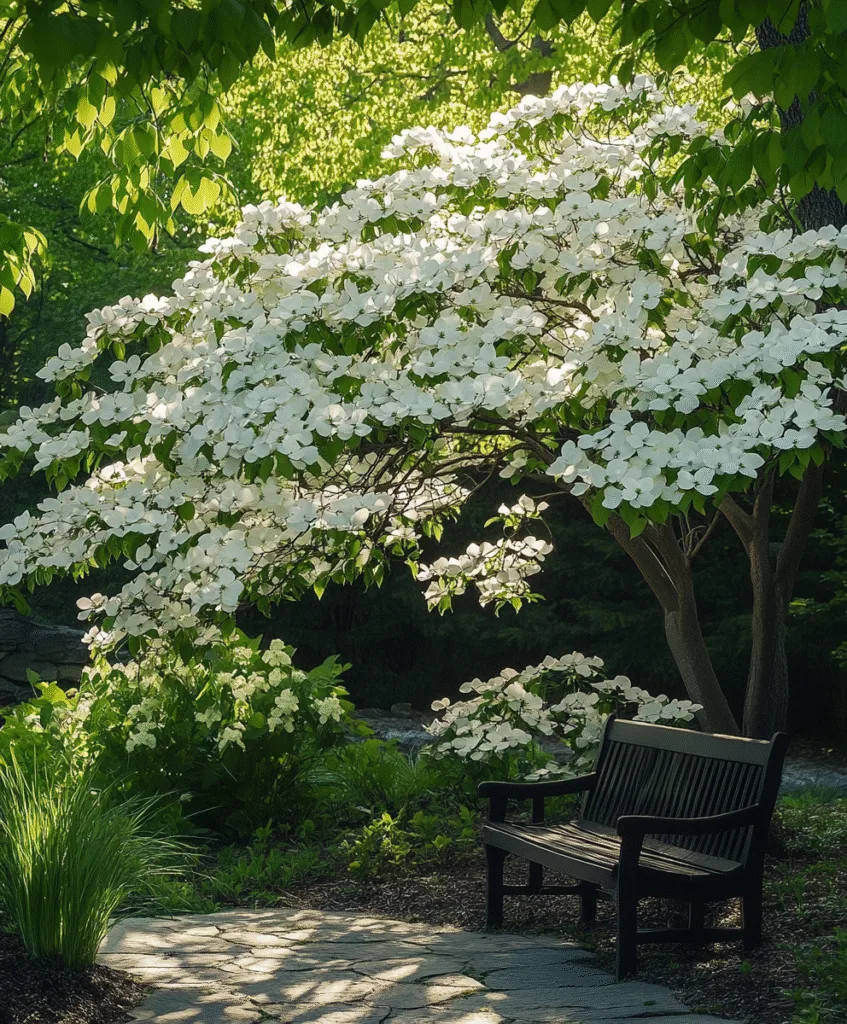
A true classic. Flowering dogwoods bloom with soft white or pink bracts in spring, and I mean it when I say they’re show-stoppers.
- Hardiness: Zones 5 to 9
- Height: 15–30 feet
- Blooms: Mid spring
- Perks:
- Iconic layered branch structure
- Gorgeous fall color too
- Wildlife magnet with fruit and shelter
Plant it in dappled shade and give it moist, well-drained soil, it’ll reward you big time.
10. Prairie Fire Crabapple
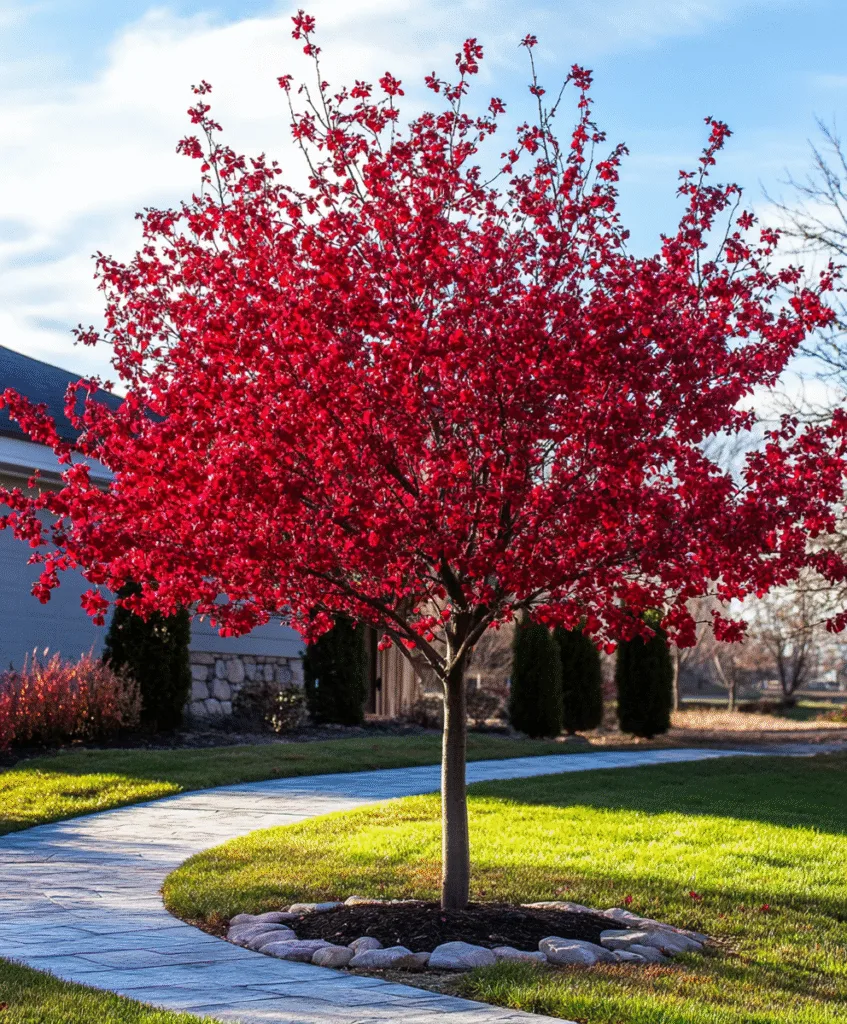
This specific crabapple cultivar deserves its own spotlight. Why? It’s disease-resistant, compact, and gives you deep red flowers that fade to purple.
- Hardiness: Zones 4 to 8
- Height: 15–20 feet
- Blooms: Mid spring
- Perks:
- Bold burgundy foliage after blooming
- Great curb appeal
- Resistant to scab and rust
I planted Prairie Fire as a centerpiece in my front yard and it’s just fire every spring.
11. Kwanzan Cherry
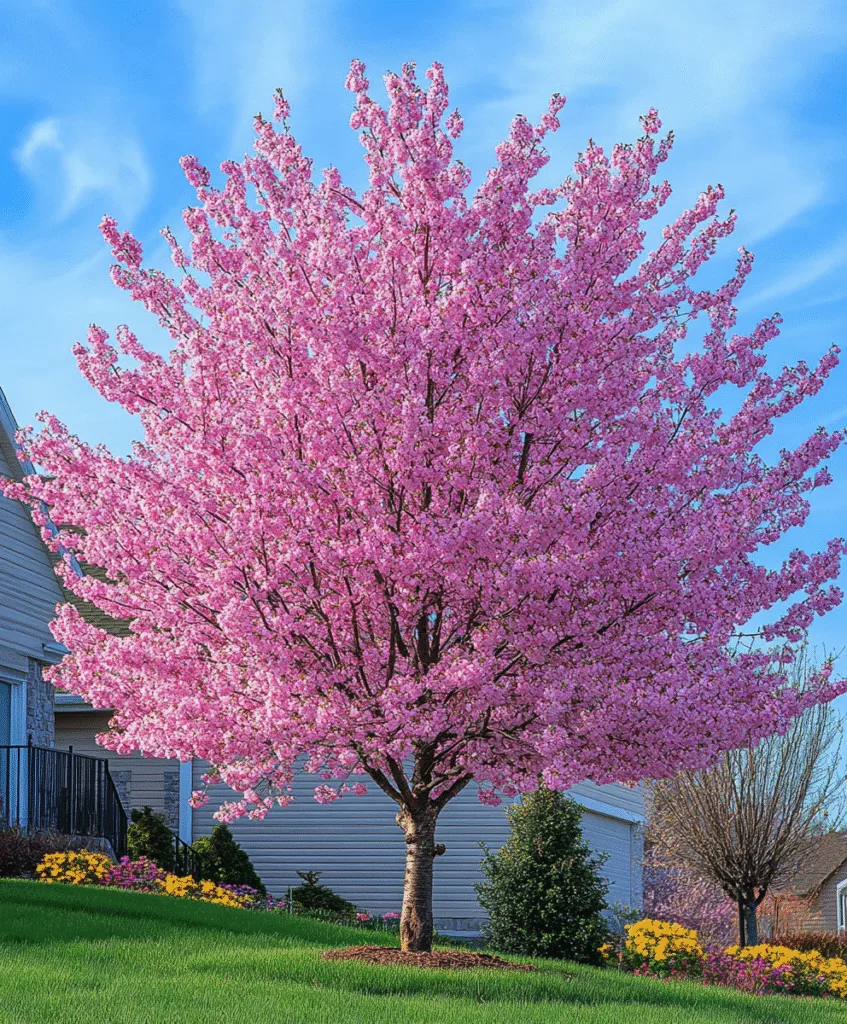
If you’re dreaming of cherry blossoms but worry about the cold, Kwanzan is your best bet.
This beauty blooms in double pink ruffles, like nature’s version of a tutu.
- Hardiness: Zones 5 to 8
- Height: 15–30 feet
- Blooms: Mid to late spring
- Perks:
- Dense, dramatic flowers
- No messy fruit
- Perfect for lanes, borders, or feature planting
I have one framed by two evergreens, it steals the show every single year.
Frequently Asked Questions
What does Zone 5 mean for flowering trees?
Zone 5 means winter lows can drop to -20°F, so trees need to be cold-hardy. Flowering trees in Zone 5 must handle freezing temps and late frosts while still blooming reliably.
When is the best time to plant flowering trees in Zone 5?
Early spring or fall is ideal. The soil is easier to work with and gives roots time to establish before summer heat or winter cold.
How do I protect young trees from winter damage?
Use tree wraps or plastic trunk guards to prevent frost cracks and rodent damage. Also, mulch around the base to regulate soil temps and moisture.
Can I grow magnolias in Zone 5?
Yes, but go with cold-hardy hybrids like Magnolia ‘Ann’ or ‘Jane’ which bloom later to avoid frost damage.
Do flowering trees need full sun in Zone 5?
Most do best in full sun (at least 6 hours), but some like serviceberry or fringe tree can handle part shade too.
To wrap things up
Flowering trees are the heart of any beautiful yard, and in Zone 5, the right tree makes all the difference.
Whether you’re into bold cherry blossoms, delicate fringe petals, or classic crabapple charm, there’s something on this list that’ll thrive in your space.
I’ve grown nearly all of these myself, and trust me, they’re tough, showy, and totally worth it.
Happy planting!

